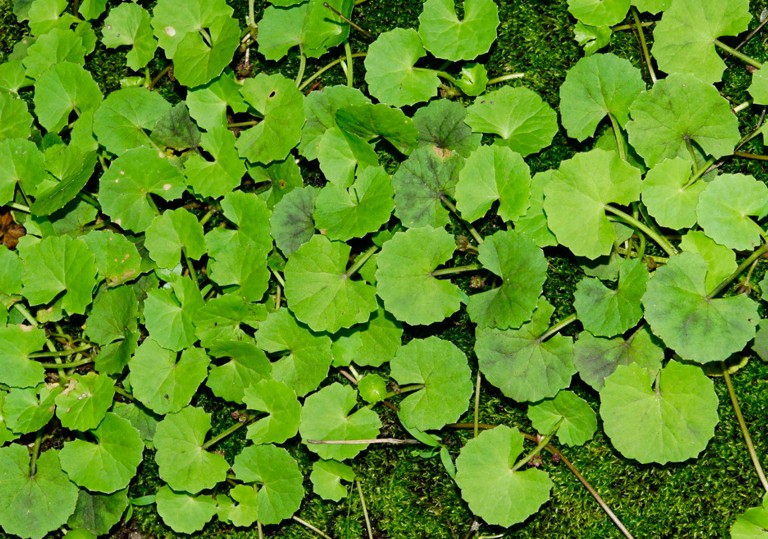
Gotu kola (Centella asiatica) has been used to treat many conditions for thousands of years in India, China, and Indonesia. It was used to heal wounds, improve mental clarity, and treat skin conditions such as leprosy and psoriasis.
Some people use it to treat respiratory infections, such as colds, and in the past it was used for that in China. It has been called "the fountain of life" because legend has it that an ancient Chinese herbalist lived for more than 200 years as a result of taking gotu kola.
Historically, gotu kola has also been used to treat syphilis, hepatitis, stomach ulcers, mental fatigue, epilepsy, diarrhea, fever, and asthma. Today, in the U.S. and Europe gotu kola is most often used to treat varicose veins and chronic venous insufficiency, a condition where blood pools in the legs. It is also used in ointments to treat psoriasis and help heal minor wounds.
Gotu kola is not the same as kola nut (Cola nitida). Unlike kola nut, gotu kola does not have caffeine, and is not a stimulant.
Gotu kola has chemicals called triterpenoids. In animal and lab studies, these compounds seem to help heal wounds. For example, some studies suggest that triterpenoids strengthen the skin, boost antioxidants in wounds, and increase blood supply to the area. Based on these findings, gotu kola has been applied to the skin, or used topically, for minor burns, psoriasis, preventing scars after surgery, and preventing or reducing stretch marks.
